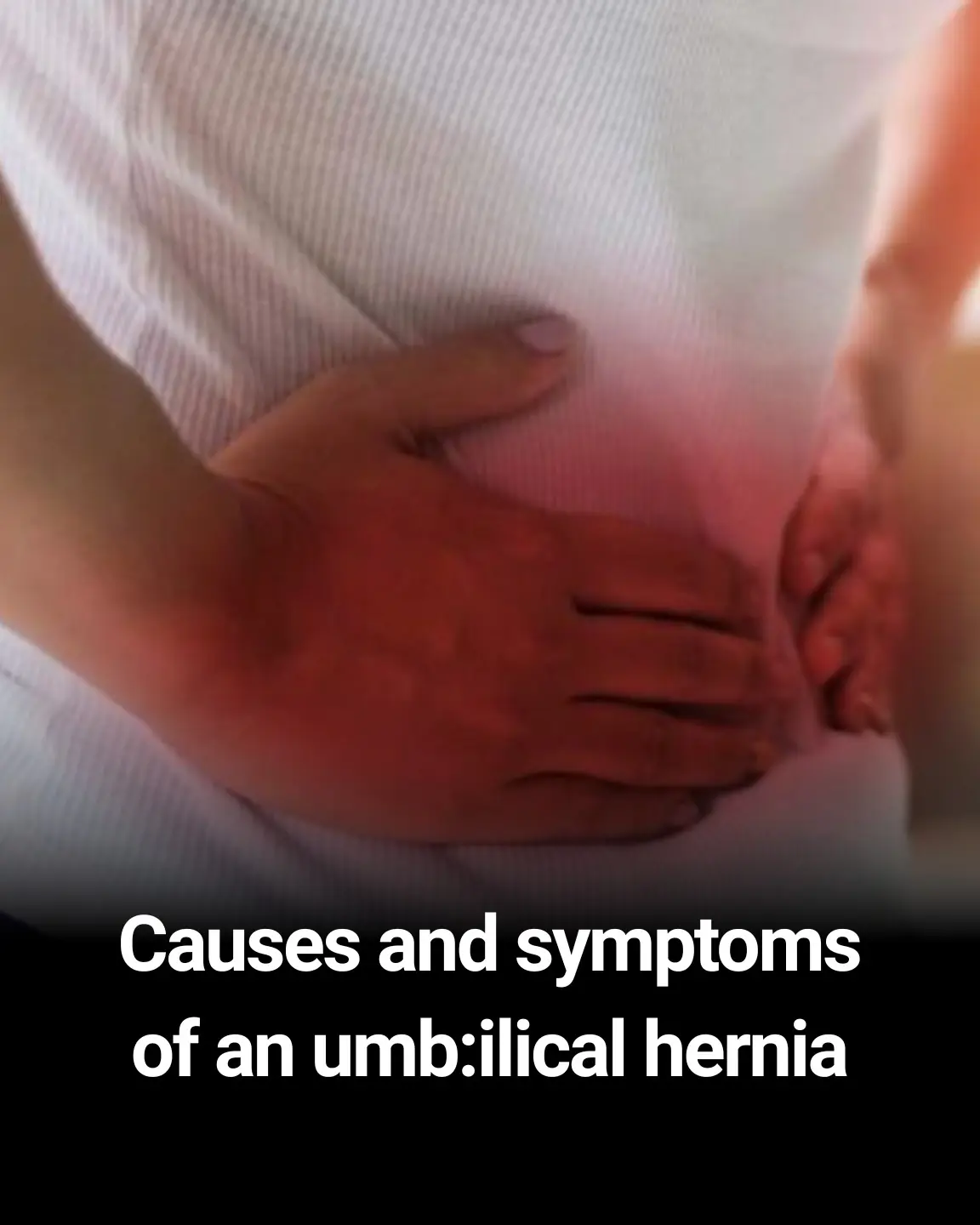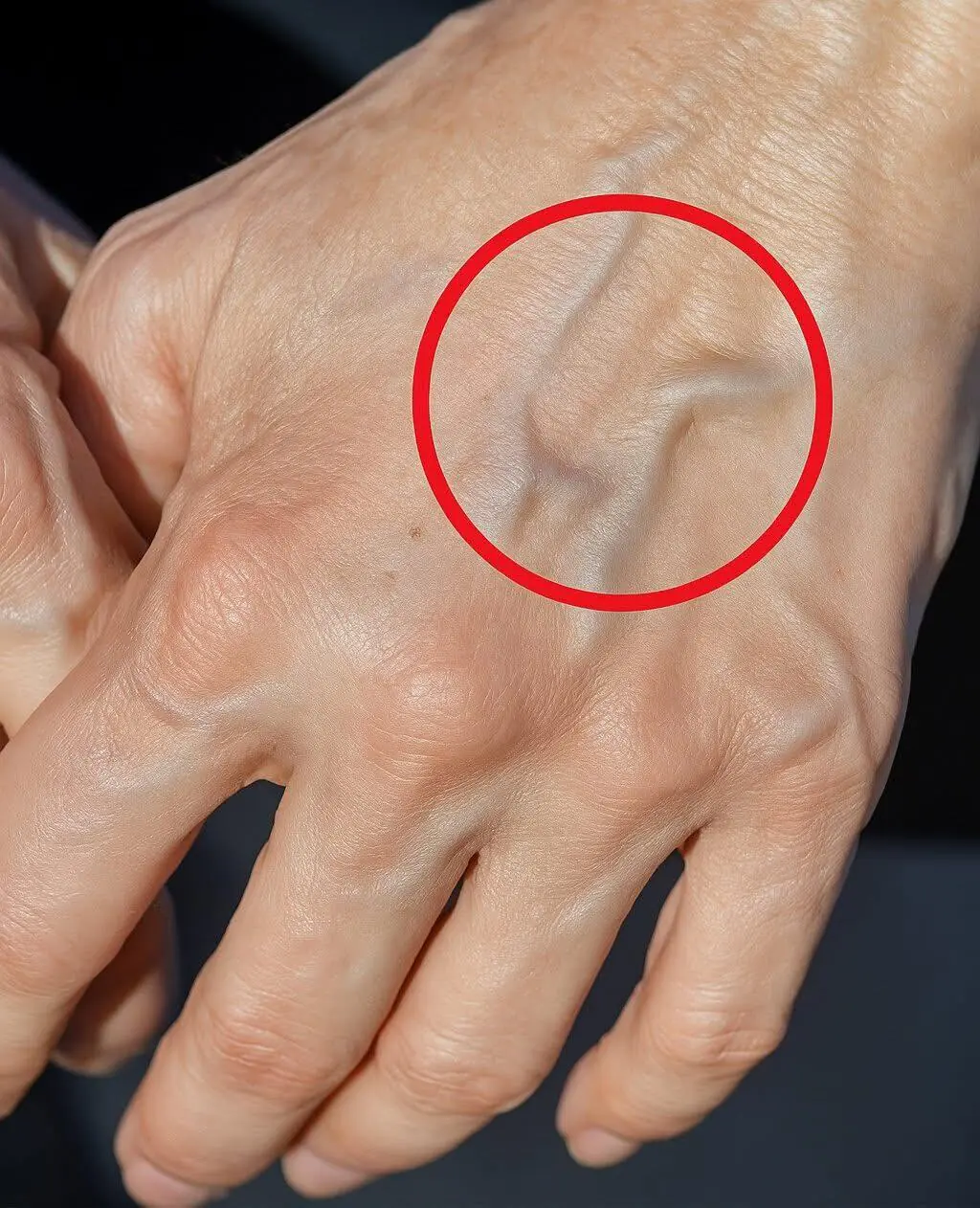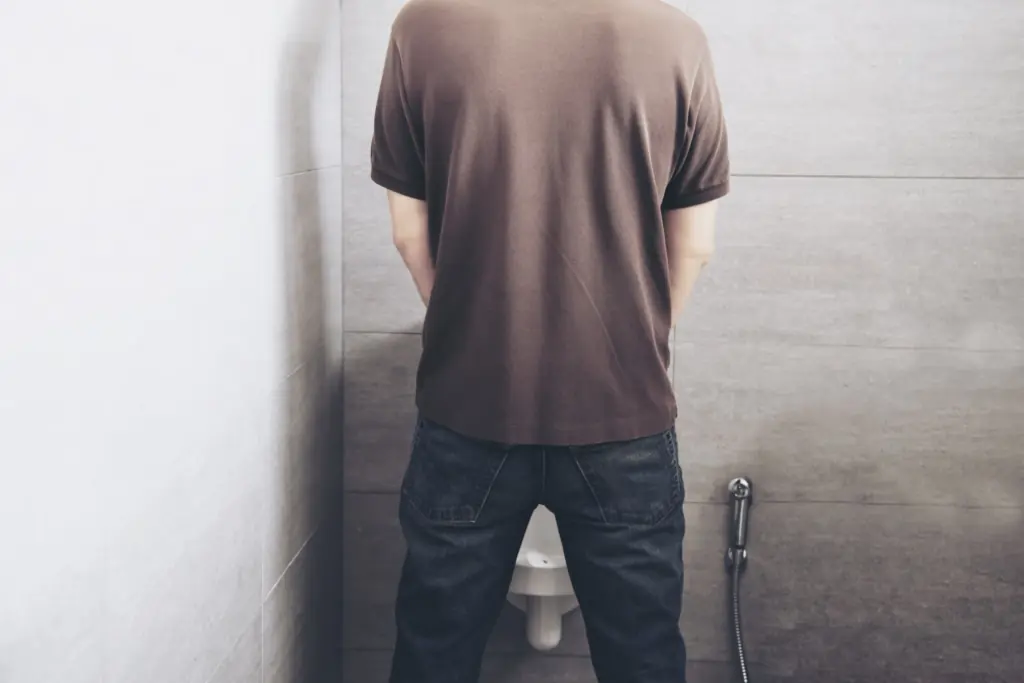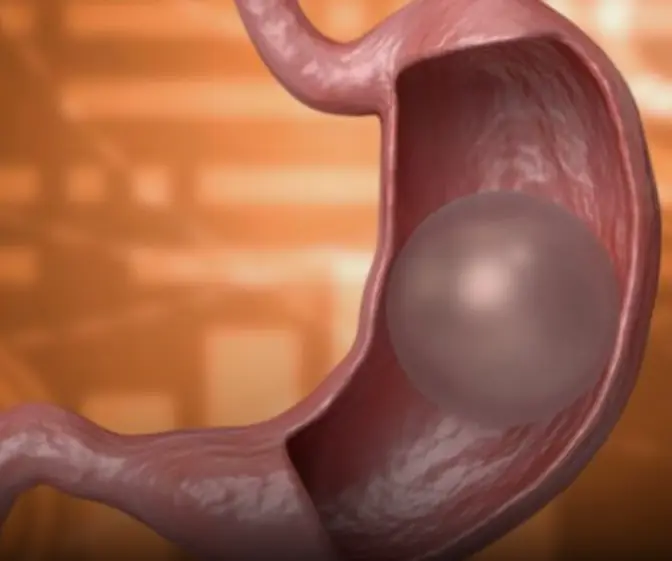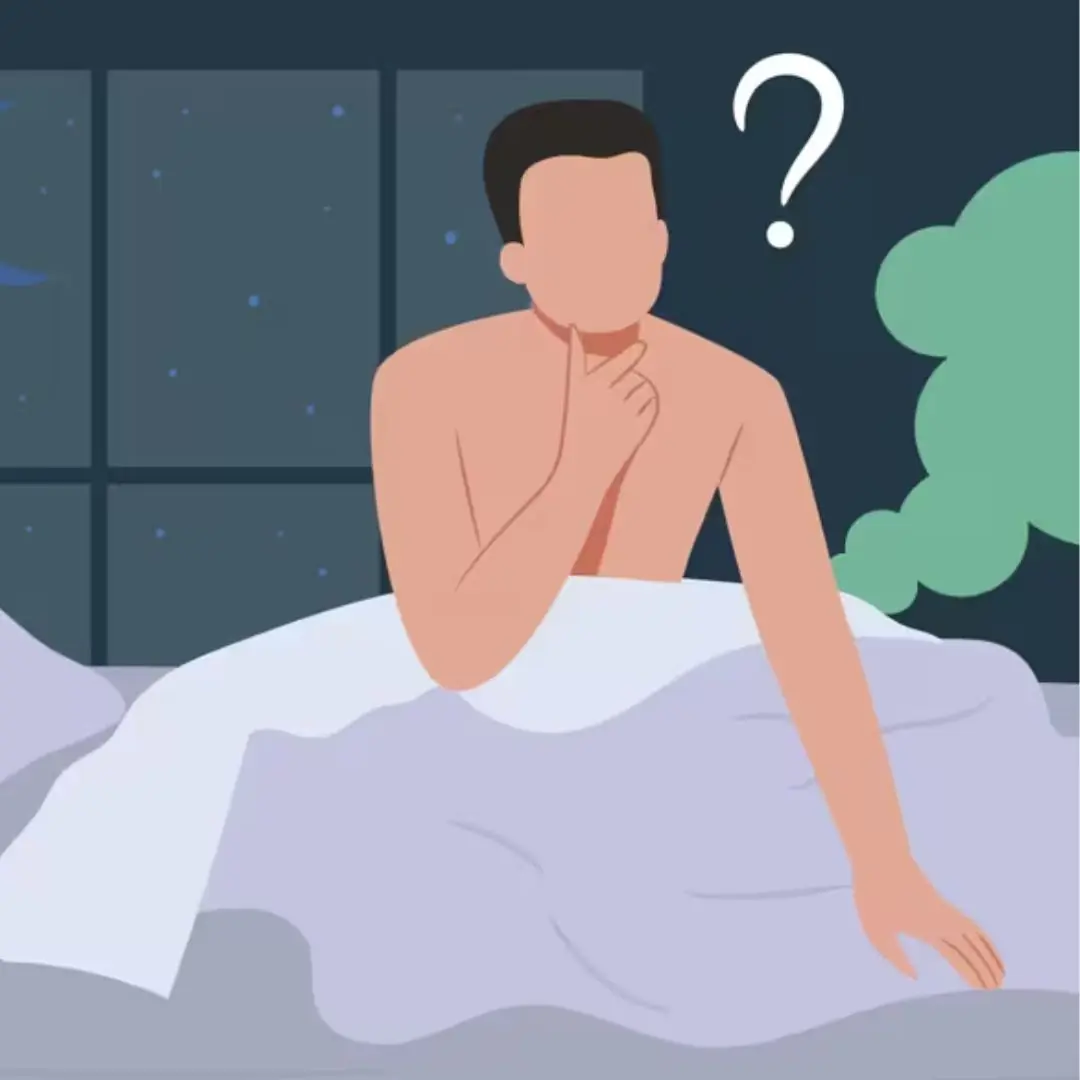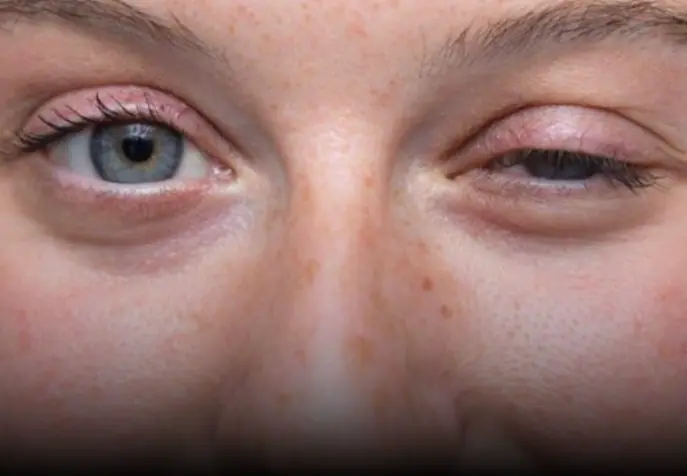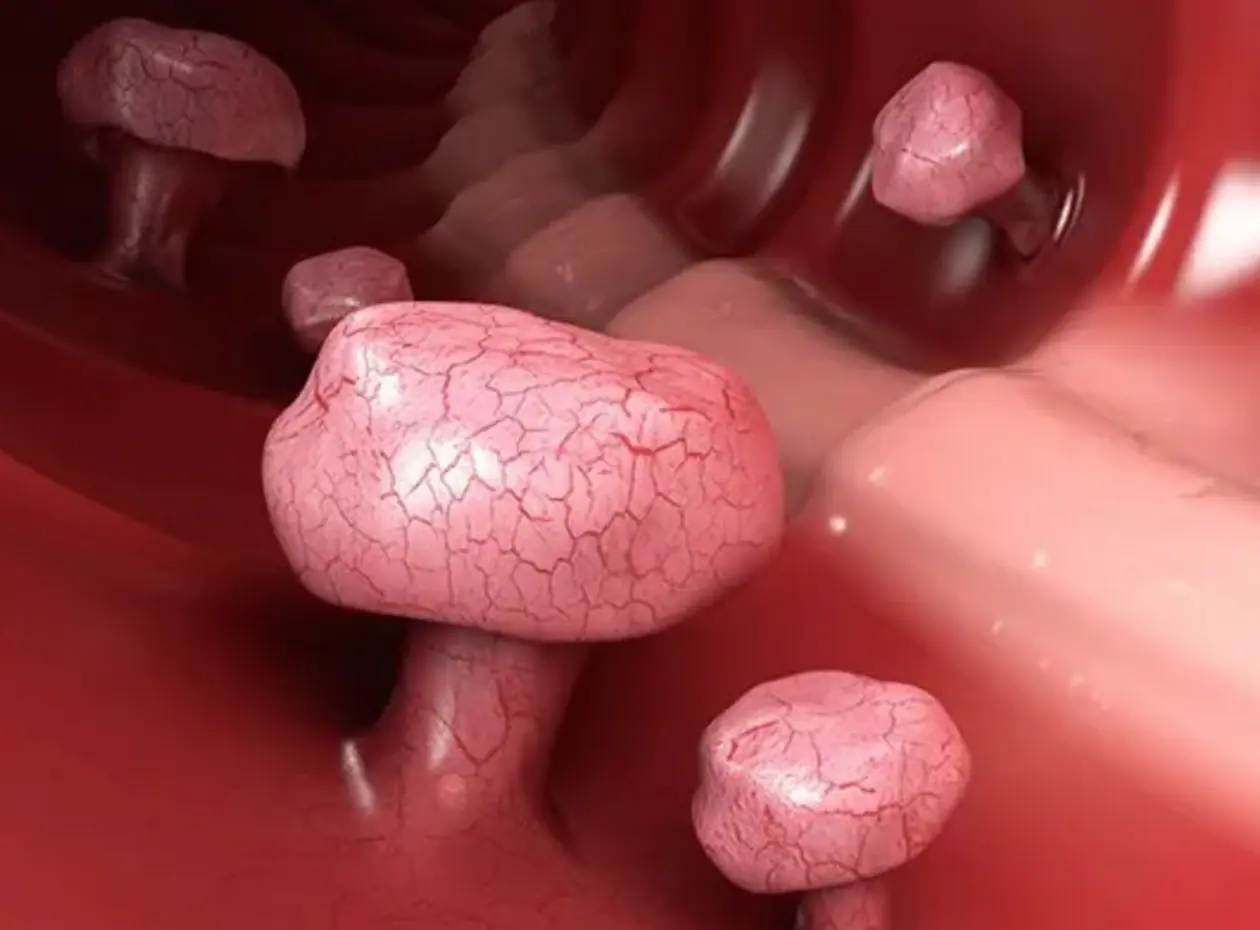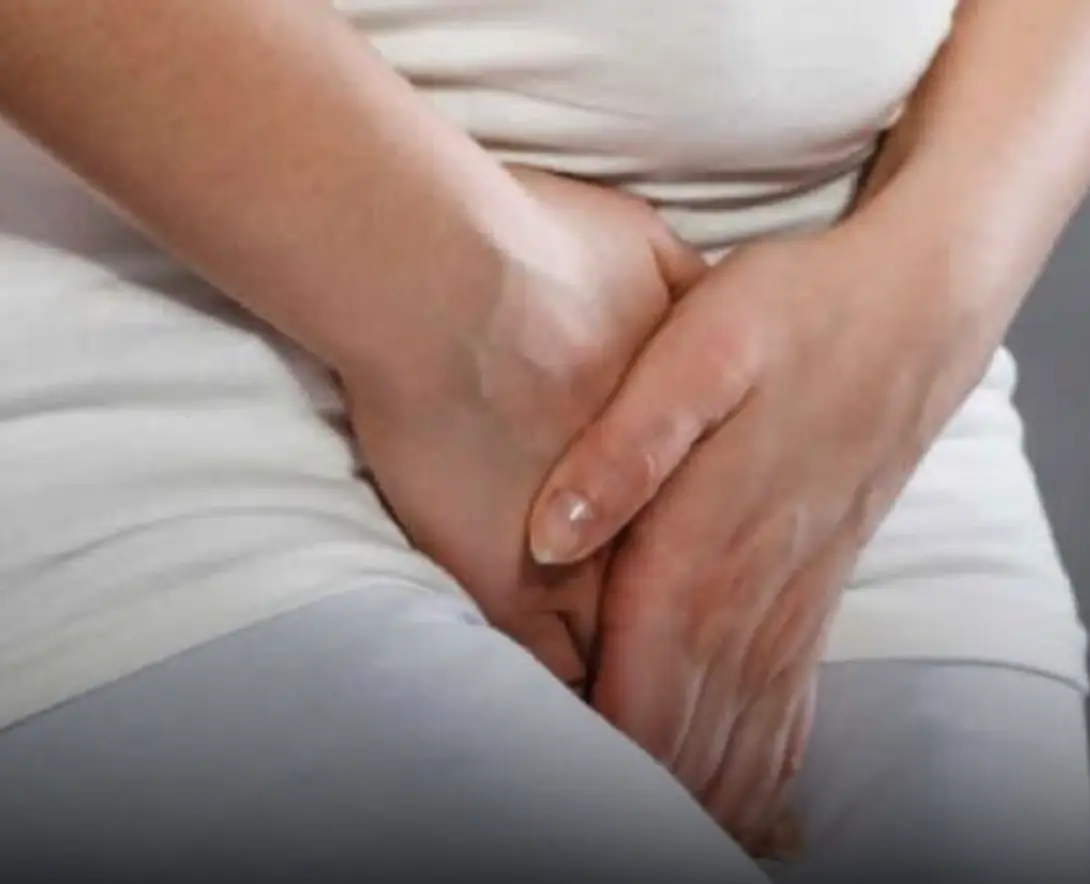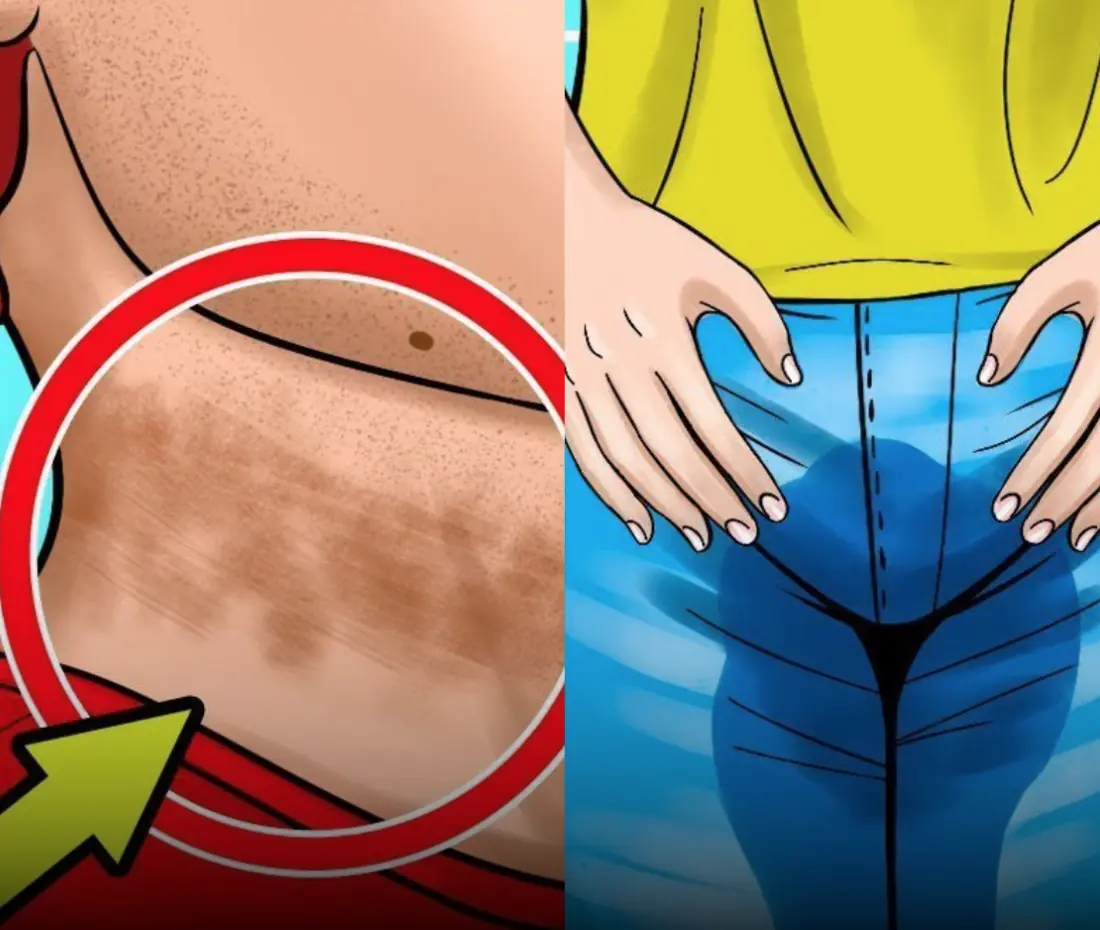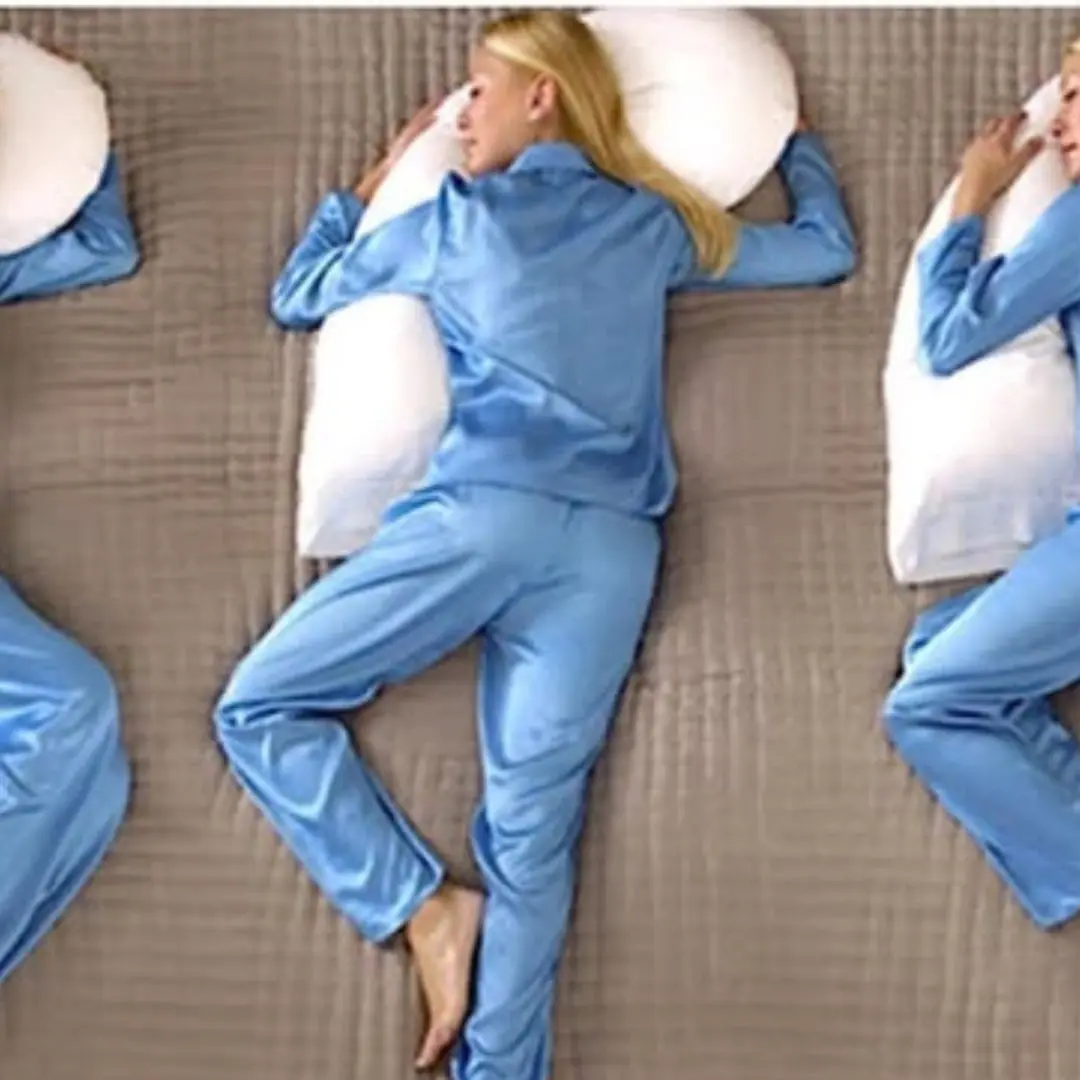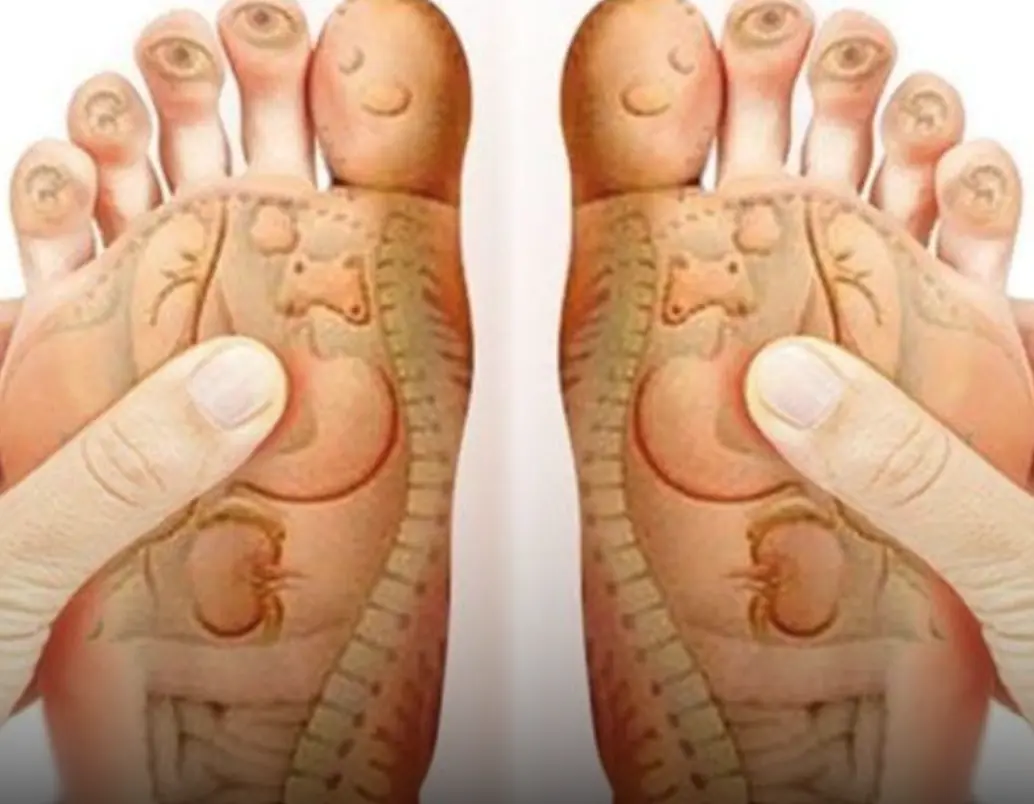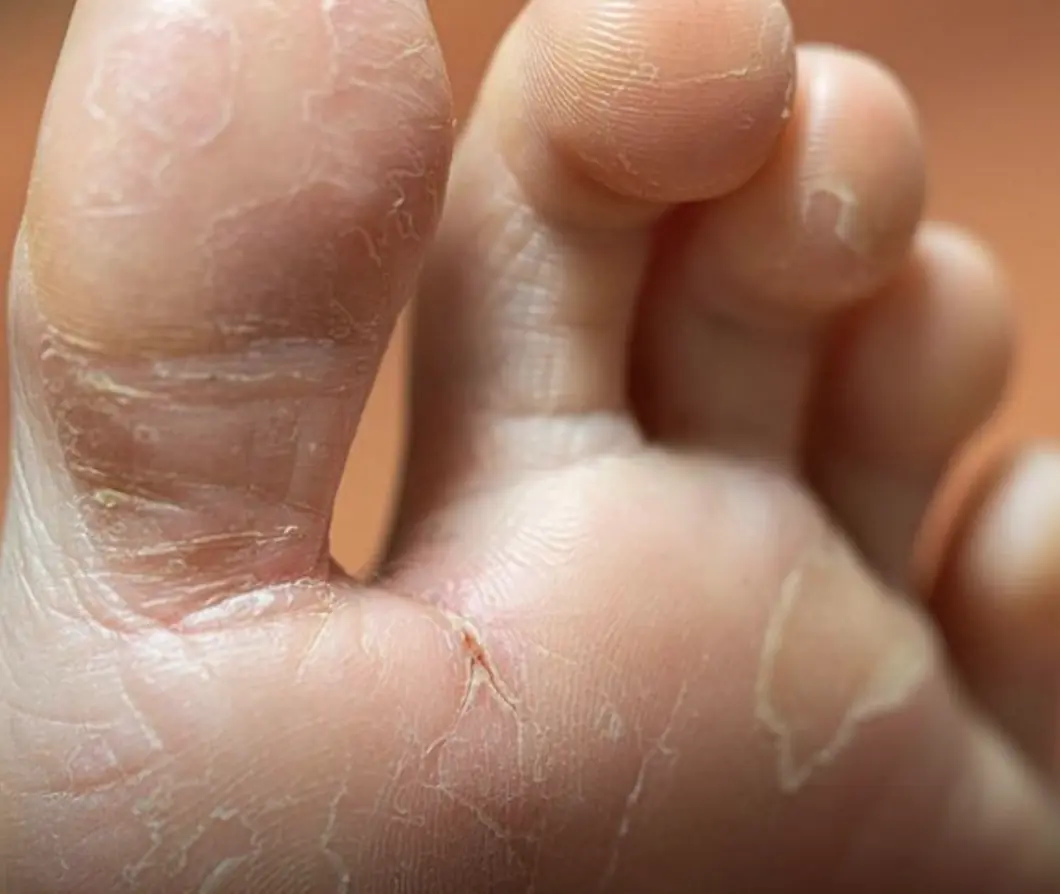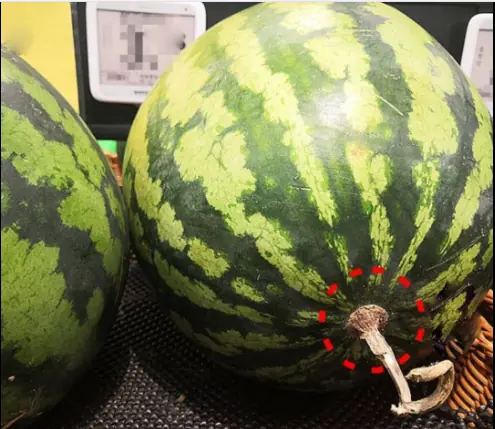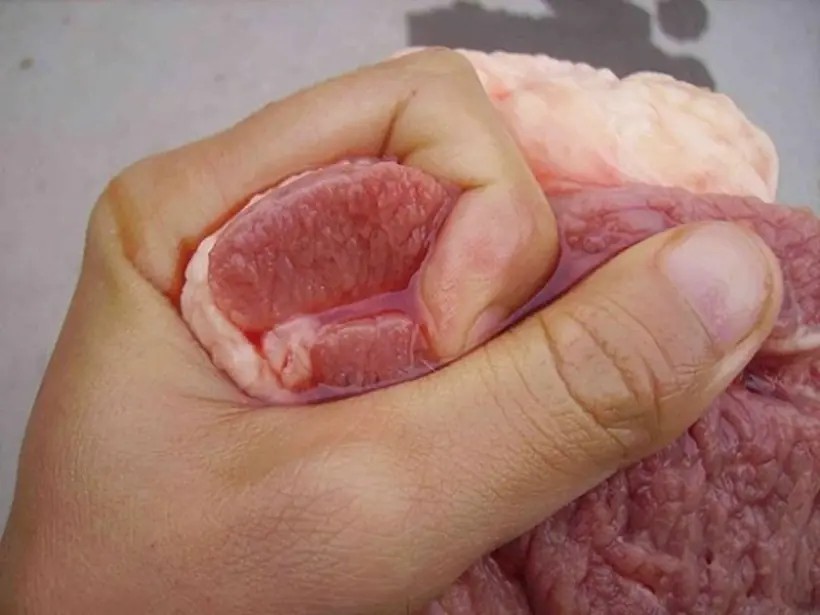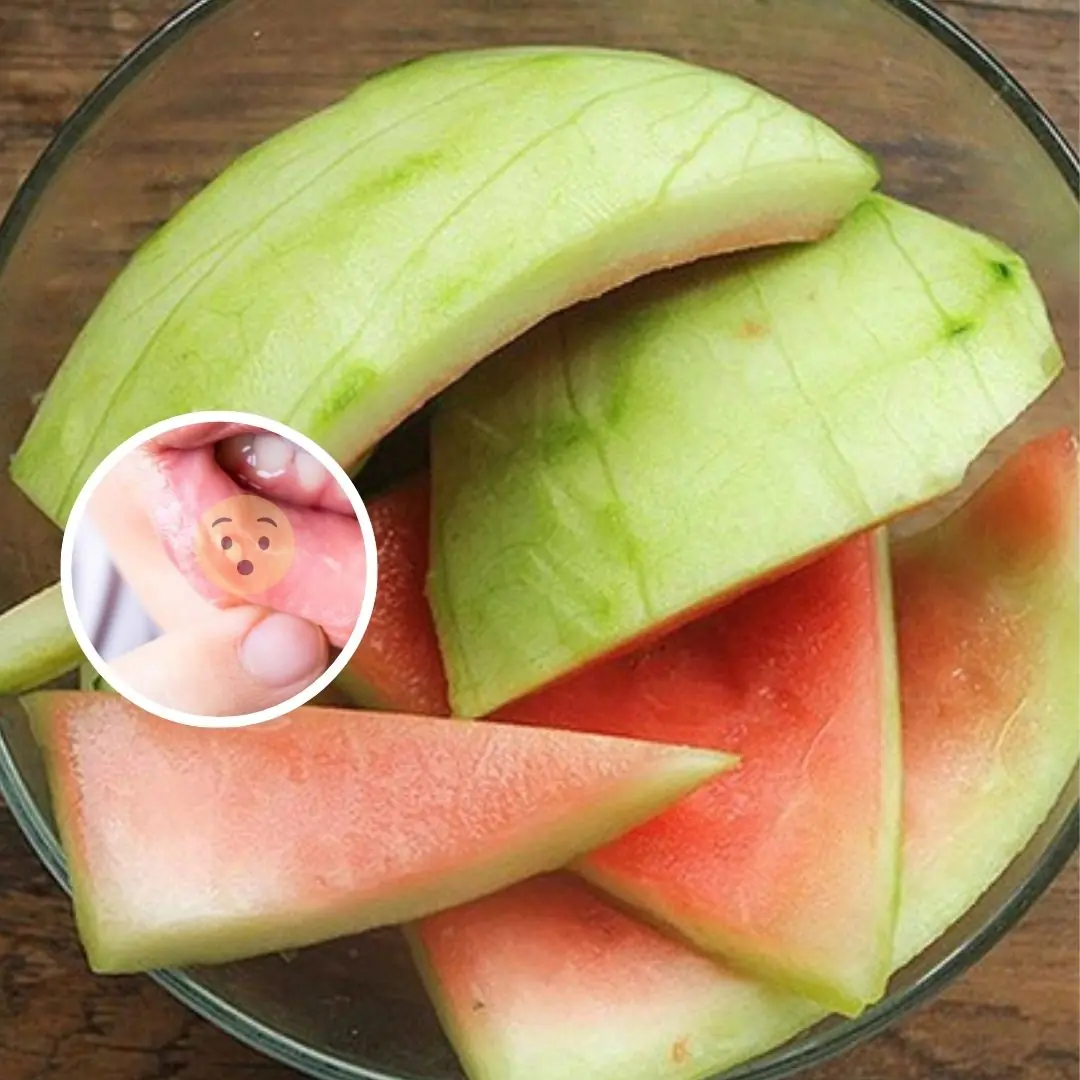An umbilical hernia is a common medical condition in which part of the intestine or fatty tissue pushes through a weakened spot or hole in the abdominal muscles near the belly button (the umbilicus). While it can occur in people of all ages, it is particularly common in infants and elderly adults. An umbilical hernia may not always cause significant discomfort, but it can lead to complications if left untreated. Understanding the causes, symptoms, and potential treatments for an umbilical hernia can help individuals seek timely medical intervention and reduce the risk of complications.
What is an Umbilical Hernia?
An umbilical hernia occurs when there is a weakness in the abdominal wall around the belly button, leading to a bulging of tissue or part of the intestine through the opening. The umbilicus, or belly button, is the site where the umbilical cord was attached during fetal development. In an umbilical hernia, the abdominal muscles fail to close completely, leaving a gap or opening where tissue can push through.
-
In infants: Umbilical hernias are relatively common, occurring due to the natural opening in the abdominal muscles that does not fully close after birth.
-
In adults: The condition may develop due to increased pressure on the abdominal wall from factors such as obesity, pregnancy, or heavy lifting.
Causes of Umbilical Hernia
Several factors can lead to the development of an umbilical hernia. These include:
1. Congenital Factors (In Infants)
-
Incomplete closure of the abdominal muscles: In infants, the opening in the abdominal muscles around the belly button does not close completely after birth, leading to the formation of a hernia.
-
Genetic factors: A family history of umbilical hernias may increase the likelihood of the condition developing in newborns.
2. Increased Abdominal Pressure (In Adults)
In adults, increased pressure within the abdomen is the primary contributing factor. Several circumstances can lead to increased intra-abdominal pressure:
-
Obesity: Excess body fat can put pressure on the abdominal wall, increasing the risk of a hernia.
-
Pregnancy: The growing uterus during pregnancy can place pressure on the abdominal muscles, potentially causing a hernia.
-
Heavy lifting: Repeated lifting of heavy objects can strain the abdominal muscles and lead to a hernia.
-
Chronic coughing: Conditions like chronic bronchitis or smoking-related cough can create persistent pressure on the abdomen.
-
Constipation: Straining to pass stool can also put pressure on the abdominal muscles, leading to the formation of a hernia.
3. Age-related Factors
-
Elderly individuals: As we age, the muscles in the abdominal wall naturally weaken, increasing the likelihood of hernias, including umbilical hernias.
-
Previous surgery: Prior abdominal surgery can weaken the abdominal wall and lead to hernias forming at the surgical site.
Symptoms of an Umbilical Hernia
In many cases, an umbilical hernia may not cause any symptoms and can go unnoticed, especially in infants. However, there are some common signs to look for:
In Infants:
-
Visible bulge near the belly button: The most common symptom of an umbilical hernia in infants is a soft, small bulge or swelling at the belly button, especially when the baby cries, coughs, or strains. The bulge may be small at rest and become more pronounced with pressure.
-
No pain or discomfort: Umbilical hernias in infants are generally painless, and many resolve on their own by the time the child reaches the age of 1 to 2 years.
In Adults:
-
Bulging or swelling near the belly button: This is the most obvious sign of an umbilical hernia. The bulge may become more noticeable when you stand up, cough, or strain.
-
Pain or discomfort: Some adults may experience mild pain or tenderness around the site of the bulge, especially when engaging in physical activity, lifting, or straining.
-
Enlarged bulge: Over time, the hernia may enlarge, leading to an increase in the size of the bulge, especially with physical activity or increased intra-abdominal pressure.
-
Complications: In some cases, an umbilical hernia can become incarcerated (trapped) or strangulated (where blood flow to the herniated tissue is cut off), causing severe pain, nausea, vomiting, and a medical emergency.
Complications of Umbilical Hernia
While most umbilical hernias are relatively harmless, complications can arise if the hernia is left untreated. Some potential complications include:
1. Incarcerated Hernia
-
This occurs when the tissue or intestine trapped in the hernia cannot be pushed back into the abdominal cavity. This can lead to pain, swelling, and discomfort.
2. Strangulated Hernia
-
A strangulated hernia is a medical emergency in which the blood supply to the trapped tissue is cut off, leading to tissue death and potentially severe complications such as infection or sepsis. Symptoms include intense pain, nausea, vomiting, and fever. Immediate surgery is required to treat a strangulated hernia.
Treatment for Umbilical Hernia
In many cases, particularly in infants, an umbilical hernia will close on its own without the need for surgery. However, for adults or those with larger hernias, or in cases where complications arise, medical intervention is needed.
1. Watchful Waiting (For Infants)
-
In infants, the hernia often resolves on its own as the abdominal muscles strengthen and close. Pediatricians typically monitor the condition, and surgery is not recommended unless the hernia persists beyond the age of 2 or causes complications.
2. Surgery (For Adults and Severe Cases)
-
Surgical repair is the most common treatment for adult umbilical hernias or larger hernias in infants. The procedure is called herniorrhaphy, and it involves pushing the herniated tissue back into place and closing the gap in the abdominal wall.
-
In some cases, a mesh may be used to reinforce the abdominal wall and prevent the hernia from recurring.
3. Lifestyle Modifications
-
Weight loss, avoiding heavy lifting, and treating conditions that increase abdominal pressure (such as constipation) can help reduce the risk of developing an umbilical hernia or prevent further complications.
Preventing Umbilical Hernia
While it may not always be preventable, there are some strategies to reduce the risk of developing an umbilical hernia, particularly in adults:
-
Maintain a healthy weight: Reducing excess body fat can minimize the pressure on the abdominal wall.
-
Practice proper lifting techniques: Avoid lifting heavy objects incorrectly, as this can strain the abdominal muscles.
-
Treat underlying conditions: Managing chronic conditions like constipation, obesity, and respiratory issues can prevent excessive pressure on the abdomen.
-
Exercise regularly: Strengthening the core muscles can help support the abdominal wall and reduce the risk of hernias.
Conclusion
An umbilical hernia is a common and generally benign condition, especially in infants, but it can cause complications if left untreated in adults. While most cases resolve on their own in young children, adults with large or painful hernias often require surgery. Recognizing the symptoms early and seeking timely medical advice can help prevent complications like incarcerated or strangulated hernias, which require urgent attention.
Maintaining a healthy lifestyle, addressing underlying health conditions, and seeking professional medical advice are essential steps in managing and preventing the development of an umbilical hernia. If you or your child experience persistent swelling or pain around the belly button, consult a healthcare provider to determine the appropriate course of action.
